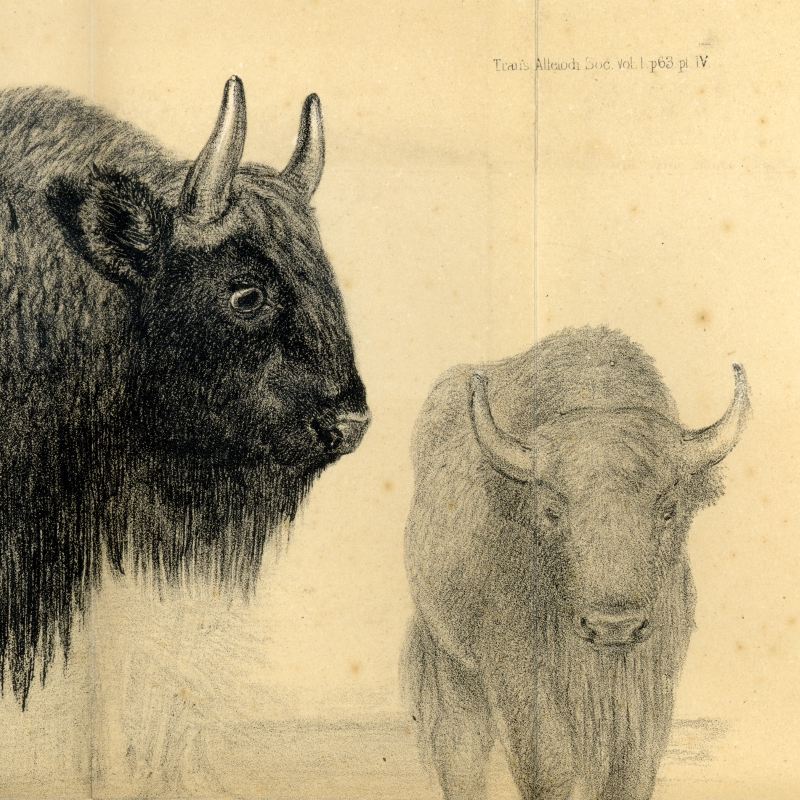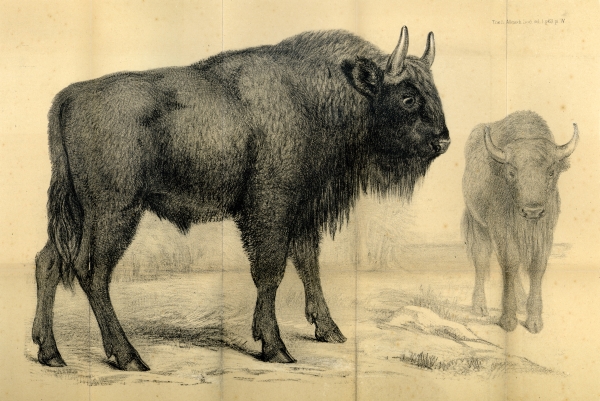There’s one major resource that we think should see the light of day more often and is in need of a plug: our collection of scientific journals.

Regular readers in the Centre for History of Science will be accustomed to the sight of members of staff collecting request slips from the Information Desk and heading out of the main Library door on a mission to … where, exactly? Well, most of our ‘fetches’ involve trips down in the lift to our basement Archive Store and Book Room. However, there’s one major resource, also stored below ground, which we think should see the light of day more often and is in need of a plug: our collection of scientific journals.
This collection, which fills most of our Lower Mezzanine floor, has been amassed through centuries of exchange with other international scientific academies, and by donations from other societies seeking the prestige of association with the Royal Society. There are long runs of major periodicals from around the world, from early copies of the ‘Journal des Scavans’, contemporary with the first issues of the Royal Society’s own ‘Philosophical Transactions’, to the ‘Proceedings of the American Association for the Advancement of Science’ and the German ‘Annalen der Physik und Chemie’. This latter journal run includes the famous Bands 17 and 18, which feature four key papers written by the young Albert Einstein in 1905, now described as “Einstein’s miraculous year”.
However, the journal collection is just as interesting for its variety of quirky, short-lived Victorian provincial science journals. How many libraries can claim to hold, for example, the entire ‘Papers of the Eastbourne Natural History Society’ (1870-81), the ‘Transactions of the Caradoc Field Club of Shrewsbury’ (1868), or the ‘Transactions of the Willan Society, a society for the study of dermatology and syphilis’ (1885)? And I was, frankly, flummoxed by a catalogue entry for the ‘Transactions of the Allelodidactic Society’ (one volume, printed in London in 1848) – having retrieved this from its shelf, I found reference to “a society intended for mutual instruction in the different branches of science, art and literature”, and articles on topics ranging from chloroform, volcanoes and aurochs to Greek drama, descriptive geometry and bears.

Picture of aurochs from the Transactions of the Allelodidactic Society
Those who have discovered our journal collection for themselves are often surprised by its sheer range and ease of access. For example, one of our regular visitors, the distinguished Australian historian of science Professor Rod Home, writes:
“during my more recent visits to your library, I’ve been preparing an edition of the fascinating surviving correspondence of the Portuguese experimental philosopher John Hyacinth de Magellan FRS (1722-90). The subject-matter of the letters ranges across the whole of late-18th-century science, and so providing appropriate annotations to the letters requires access to a wide range of the 18th-century scientific literature. The Royal Society’s library is the best place I know in which to do this work, because so many of the works I need to consult are so readily available – not just the scientific monographs from the period, of which you have such a rich collection, but also the long runs of so many of the scientific periodicals of the day, many of which I’ve needed to consult … Having the volumes I need appear on my desk within a few minutes of my requesting them has wonderfully facilitated the editing process. Quite apart from enabling me to address specific points that have come up as I’ve been editing Magellan’s letters, your journal runs provide a wonderful entrée into the world of 18th-century science. I can’t think of a better way for a budding scholar to get a feel for the science of the period than to scan a selection of them.”
We urge more of our potential readers to come in and take a look for themselves – contact us if you’d like to register to use the Library’s collections, and for those with a particular interest in periodicals, we can arrange a guided tour of the Lower Mezzanine journal stacks. Catalogue records for our journal holdings can be found on the Royal Society’s online Printed Works catalogue, and also on the excellent SUNCAT database of UK library serial collections (select ‘Royal Society’ in the drop-down ‘Library’ list). We look forward to seeing you all, and extend a particular welcome to any Allelodidacts who may still be out there!

